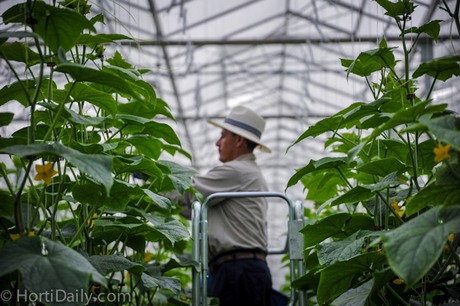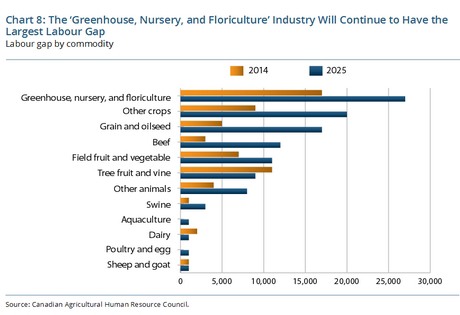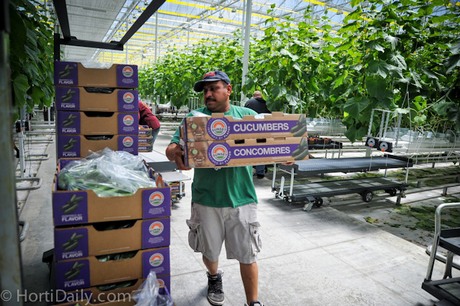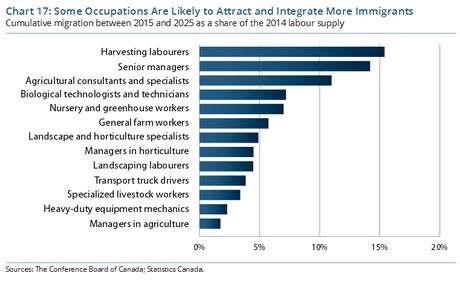Negative perceptions, difficulties to attract young skilled workers and managers and a decreasing availability of immigrant labour. If the Canadian greenhouse industry continuous to grow at its current speed, producers will seriously need to look at solutions and alternatives and undertake action to overcome the challenge to find the right managers and farm workers to get their jobs done.

This is the outcome of a new study by the Canadian Agricultural Human Resource Council. Of all key agricultural industries, the Canadian greenhouse and nursery industry is threatened the most. According to the report, the greenhouse, nursery, and floriculture industry faces an expected gap of 27,000 workers in 2025, which accounts for nearly one quarter of the total labour gap in the Canadian agricultural sector.

One of the main reasons for the increasing labour gap is the fact that agricultural operations across Canada have difficulties attracting young workers. There is a shortage of qualified and skilled workers and the sector is having problems attracting and retaining young workers, to replace retiring workers, and skilled managers and operators.
According to the study, the overall trend suggests that occupations that attract a larger number of young workers tend to require higher levels of education and are often not agriculture-specific occupations. For example, just 8% of biological technologists and technicians work in agriculture. Among the five occupations of most interest to young people, agricultural consultants and specialists is the occupation where the highest share of workers is found in the agriculture sector, but that share is still only 20% of all workers in that occupation.
Immigrants can not close the gap
While many greenhouse operations today rely on immigrants, the report says that in recent years, immigrants arriving in Canada have been less likely to choose a career in agriculture than in other sectors. It is projected that immigrants will account for only 17,000 new entrants into the sector’s workforce over the next decade.The greenhouse, nursery, and floriculture industry accounts for nearly three-quarters of foreign workers in the agriculture sector. These industries rely heavily on foreign workers to perform these labour-intensive activities during their seasonal peaks. Because of their high reliance on foreign workers, which are counted as part of the labour gap along with unfilled jobs, producers in these commodity groups tend to face the largest labour gaps in the agriculture sector. While horticultural producers have been successful in filling much of their labour gap with foreign workers, this solution does open them up to policy risk. Changes in temporary foreign worker policies can result in an unstable supply of foreign workers and uncertainty for business owners.

Negative perceptions impede recruitment
The report also shared results of an employer survey, in which the greenhouse, nursery, and floriculture industry and the tree fruit and vine industry were the commodity groups most likely to cite negative perceptions of their industry as a key recruitment barrier. A likely cause for the negative perceptions of horticulture is the physical nature of the industry’s work, in which repeated and laborious physical activities remain common. The report says that it will be important for employers to address the negative image associated with working in horticulture. In addition, employers will need to continue providing the appropriate tools and training to help workers handle the physicality of the work within such industries. Addressing these challenges could prove to be beneficial to these industries, which are already affected by some of the most severe labour shortages within the sector.

In 2014, 26,400 jobs went unfulfilled in Canada's agriculture sector, which cost the sector $1.5 billion in lost revenues, or 2.7% of product sales. In every province and across every commodity, labour shortages impact today’s production levels and tomorrow’s growth potential.
Click here to read the full report and study by the Canadian Agricultural Human Resource Council (CAHRC).
